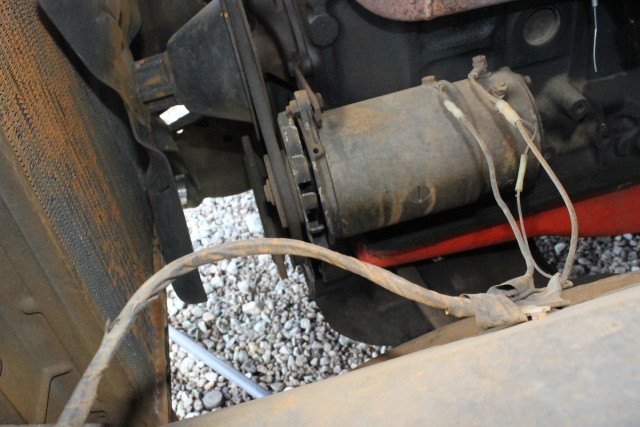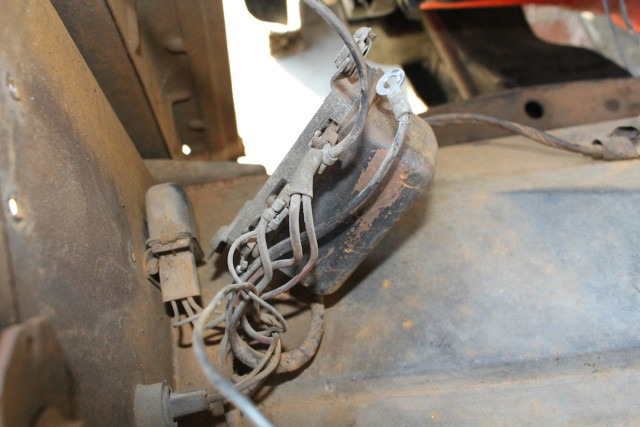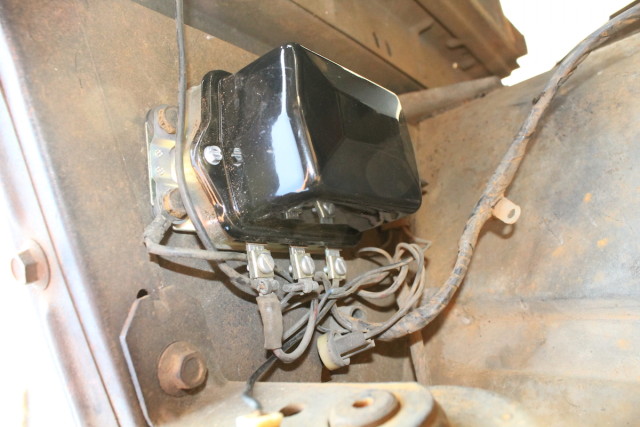Recently we picked up a cool project vehicle that has a little historical importance. Our 1960 Chevrolet Apache represents the first year of the first generation C/K series trucks. The C/K series were the full-sized trucks for Chevrolet and GMC from 1960-1999 in the United States.

After 55-years of street use, this 1960 Chevy C20 Apache still has the original engine. Along with that, it has maintained the original charging system. We discovered a problem when we started the truck up and drove to town. The engine wouldn’t shut down with the key in the off position.
While the 1960 model year introduced a completely new body style and several “firsts” in pickups, many of the features were fundamentally the proven components from earlier years. Such is the case with the charging system. Our C20 Apache still uses a 12-volt/35-amp generator that was common from 1958-1962 Chevy cars and trucks. For 1958-1962 Chevrolet vehicles with air conditioning, a 35-amp generator was used, but trucks were work vehicles and often void of any creature comforts. By the end of 1962, Delco generators were gone from GM except in industrial, farm and marine applications.
We suspected a bad voltage regulator in our vintage truck, because the engine would continue to run when we turned the ignition to the off position. We don’t mean “run-on” like stumbling until it died – we mean RUNNING, like we could leave the key in the off position and drive into town, cruise the boulevard and drive back to the farm. This is not uncommon in a vehicle with a generator. The voltage regulators have a reverse current relay that would fail, and allow the generator to keep the ignition alive.
What Does a Voltage Regulator Do?
The voltage regulator is used in the charging system to maintain a constant voltage from the generator. The generator is driven by the engine, which means that it operates at different speeds, depending on the rpm of the engine. Without this neat little regulator, power surges from the generator could overcharge the battery and cause it to malfunction. So it was important to find the problem and get it fixed before we caused greater problems in our electrical system.
It’s an uncomfortable feeling to turn the key to the off position and have the vehicle continue to run like normal. Initially we used the choke to kill the engine, thereby flooding the engine with fuel and removing some of the airflow. This is a procedure that our long-time friend and old truck expert Sam Memmolo chastised us about. “Instead of choking it, just stall it in gear so you don’t load up the plugs,” he advised (You can still catch Sam on his weekly web-radio program at www.shadetreemechanic.com).
Being old enough to remember these electrical systems, Memmolo threw in his two-cents in the trouble-shooting department. “If the wiring is all original, check two things. First, unplug the voltage regulator and see if the engine shuts off with the key as normal. If that works, replace the regulator,” Memmolo said. “Do a check of all ground connections and a voltage drop test across the battery cables. The voltage drop should not exceed 0.4 volts,” he advised.
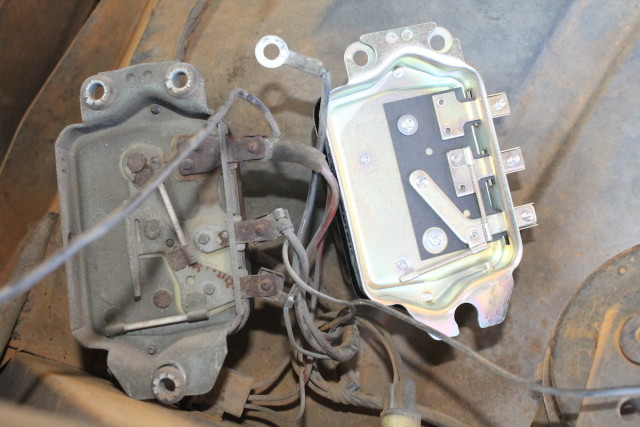
A side-by-side comparison of the bad regulator to the brand new, off-the-shelf parts store replacement.
Forgetting that he had said “check two-things,” Memmolo went on to feed us more information. “Also check for corrosion in turn signal bulb sockets. Front and rear. A corroded socket can allow the accessory position of the ignition switch to back feed the “on” position of the ignition switch.”
Prior To Testing
As Memmolo suggested, prior to doing anything else, make sure the generator is working properly and check the condition of the battery. It would be a good idea to check the wiring between the generator, voltage regulator, and the battery as well.
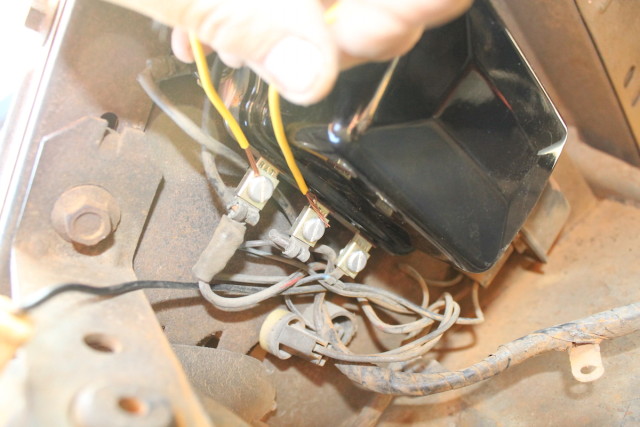
The generator should be “polarized” before testing, and after a new voltage regulator is installed. Jumping the BATT and ARM terminals for less than two-seconds is enough to get the job done.
The generator should be polarized before testing the regulator. Most instruction manuals and even voltage regulator instructions state that the voltage regulator needs to be polarized but that is generally referring to the generator since the regulators are not polarity sensitive. To polarize the generator, before removing any wires from the system, short the ARM (armature) and BATT (battery) terminals with a short piece of wire for no more than two seconds. Then you can test the system or remove the voltage regulator as needed.
A Couple More Words Of Caution
It’s important to make sure that the regulator is suitable for the generator that is in your vehicle. The amount of voltage that a generator produces, varies from type to type, making it essential to ensure the regulator falls into the range that can control the amount of voltage being generated. Most regulators have the voltage and amperage listed on the regulator for identification.
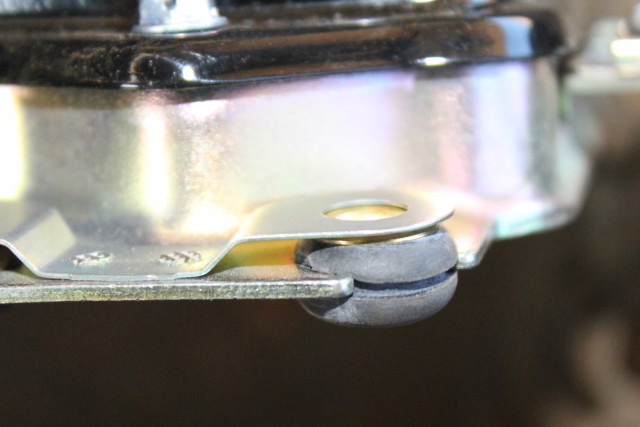
Proper installation of the voltage regulator includes making sure the brass heads on the grommets are installed correctly to ground the regulator correctly.
There are three main wires that must be connected and free of damage, shorts, corrosion, or other problems. The generator field wire, which connects to your voltage regulator from the generator, the generator armature wire, which also connects to the voltage regulator from the generator, and the battery wire, which connects the battery from the voltage regulator.
One final word of warning from our shade tree mechanic friend, Sam Memmolo, “Beware of residual magnetism! it’s like a friend that won’t go away.” Residual voltage happens after a generator has been stopped and some energy is stored in the system due to the capacitance of the insulation system. This charge can be enough to damage electrical components or cause a little shock if not discharged properly.




